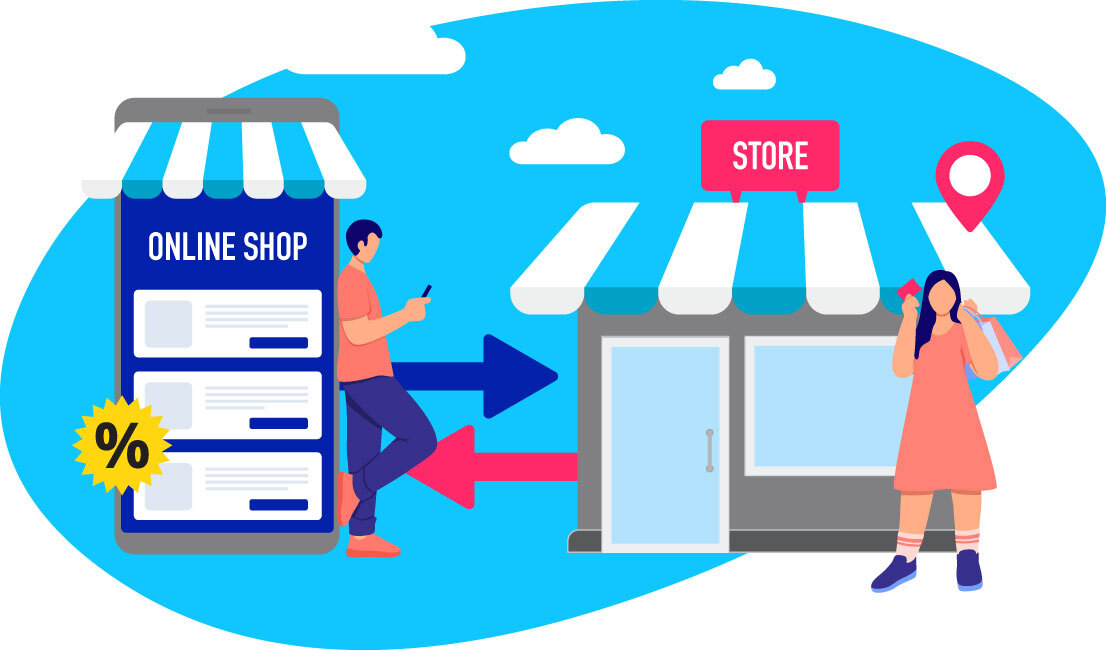5 min read
Here is everything you need to know.
What Is Customer Engagement?
Customer engagement refers to interactions between your brand and its customers. The frequency, type and level of these interactions will vary depending on your customers, the type of service or product that you offer, and your aims as a business.
For example, say you have two customers, Mark who follows your brand on social media and Jamie who subscribes to your service and recommends it to all his friends. These are both types of interaction with your brand, so both count as client engagement. However, Jamie’s level of engagement is much deeper and better for your brand than Mark’s.
Hence customer engagement is about quality and quantity of interactions. Gaining a lot of followers on social media is great for your brand, but only if some of them convert into purchases!
Successful user engagement relies on you sending the right messages to the right people at the right time. In order to do so, you need to know your customers intimately.
Why Is Customer Engagement Important?
Increasing customer engagement is a way to engender brand loyalty among your customers. If you can find a way to not only sell to your customers, but also to engage with them between purchases, you will strengthen their emotional connection to your brand. The result? Your brand plays a bigger, more important part in their life, and you are more likely to retain them as customers.
In the crowded marketplace of modern e-commerce, clicks, conversions and acquisitions are no longer enough to sustain a business. Want proof? There is a direct correlation between customer engagement marketing and profits. According to a recent study, brands in Asia Pacific that invest in customer experience (involving having a well thought out customer engagement strategy) achieve an average revenue growth rate of 23 percent, compared to 13 percent for other companies surveyed.
Another study by Constellation Research found that improving customer engagement can increase cross-sell by 22 percent, boost up-sell revenue from 13 percent to 51 percent and increase order size from 5 percent to 85 percent.
As well as spending more money with your company and being easier to retain, highly engaged customers share their positive retail experience through word of mouth, be it in person or online through social media.
How to Measure Customer Engagement
To increase customer engagement, you first need to know how to calculate it.
For starters, you could analyze the number of customers who buy from your website without creating an account (for example, they check out as guests). Buyers who create an account are more likely to return as customers, so a high guest checkout rate indicates a low level of consumer engagement.
Purchase frequency refers to how frequently customers buy from you. It is calculated by dividing the number of orders over the last year by the number of unique customers over the same period. When you know how long the average customer takes to make another purchase, you will get an idea of how engaged they are.
How much customers spend when they make a purchase is also a good indicator of how engaged they are. Divide your total revenue over the last year by the total number of orders over the same period to get your average order value. Repeat customers generally spend more than newcomers. For instance, one study pointed out that the average repeat customer who bought apparel spent 67 percent more.
Lastly, repeat customer rate is the percentage of customers who have made more than one purchase from you during a set time frame. This gives you a clear idea of the efficacy of your retention strategy.
Best Practices to Nail Customer Engagement
There are some simple steps you can take to nail customer engagement.
1. Personalize customer engagement at every touchpoint throughout the customer journey. Leverage data and customer engagement platforms driven by artificial intelligence to learn more about your customers, such as when and how they interact with their devices, and what they are interested in not only on your website, but on other websites too. By having a holistic view of your customers, you can create more personalized content, and engage them more effectively.
2. Give your brand a personality on social media. Make sure you have a clear voice and value on your social channels. Encourage your customers to follow your brand and share their experiences with you. Share posts that aligns with your voice and personality.
3. Create content that offers real value to your customers. Provide information or insights on things that your customers care about. If you sell beauty products, sharing a makeup tutorial video or a blog post about “5 Gel Eyeliner Makeup Tips for Beginners” would draw your customers’ attention and drive more interactions with your brand.
4. Reward engaged customers. Whether a customer has made a purchase or gets in touch, offer small bonuses if you see they regularly interact with your brand. This could be a personalized ‘thank you’ email, a discount for their next purchase or extra points for your loyalty program.
Want to learn more about how you can leverage data and AI to create personalized customer engagement and drive ROI? Download our latest white paper “Stay Ahead of Evolving Asian Consumers: Secure Customer Engagement in E-Commerce With AI” for more in-depth insights, or get in touch with our experts today!



